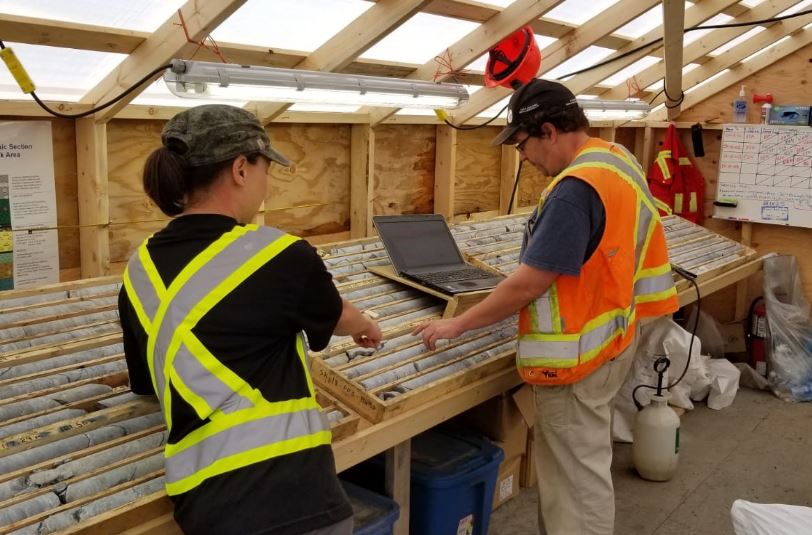Skeena sees golden future for Eskay Creek

Skeena Resources Ltd. [SKE-TSXV; SKREF-OTCQX; RXFB-FSE] shares rallied Thursday November 7 after the company released the results of an initial Preliminary Economic Assessment (PEA) for its Eskay Creek gold-silver project in British Columbia.
Skeena is engaged in a bid to revive two of Canada’s most successful high-grade precious metal mines – Snip and Eskay Creek. Both are located in the Golden Triangle area of northwestern B.C.
“Eskay Creek was a remarkable discovery that became an extraordinary mine,” Skeena CEO Walter Coles has said. “It produced 3.3 million ounces of gold and 160 million ounces of silver from 2.2 million tonnes of ore from 1994 until closure in 2008,” he said.
Snip was also a high-grade mine that produced approximately one million ounces of gold from 1991 to 1999, at an average gold grade of 25 g/t at a 12 g/t reserve cut off.
Eskay Creek ranked as highest-grade gold mine in the world at the time that it was in production.
It was also the world’s fifth highest grade silver producer.
The decision to stop mining at Eskay Creek would have happened in 2005-2006 when the price of gold was around US$500 an ounce, the company has said.
In December, 2017, Skeena secured an option to acquire a 100% stake in the Eskay Creek property, which is endowed with excellent infrastructure, including all-weather road access and proximity to the new 287-kilovolt Northwest Transmission Line.
“The PEA demonstrates that Eskay Creek still has a bright future, revitalized as an open-pit gold and silver mine, with additional possibility for underground mining,” said Coles.
According to the PEA, the project has the potential to produce an average of 306,000 gold equivalent ounces annually with a diluted mill feed grade of 4.17 g/t gold equivalent.
The processing capacity of 6,850 tonnes/day will result in a production lifespan of 8.6 years. An additional 1.5 years of pre-stripping, stockpiling and mine access development is planned prior to the processing facility becoming fully operational in year one.
Other highlights of the PEA include pre-production capital expenditures of US$233 million and life of mine all-in-sustaining costs of US$757/oz of gold equivalent recovered.
It also envisages an after-tax net present value of US$491 million and 51% IRR at US$1,325/oz gold and US$16/oz silver. The after-tax payback period is forecast at 1.2 years.
Skeena shares rallied on the news, rising 12.5% or $0.07 to 63 cents on active volume of 1.12 million shares traded. The shares are currently trading in a 52-week range of 26.5 cents and 58 cents.
The PEA is based on an updated resource estimate that was announced on February 28, 2019. According to the estimate, the pit constrained indicated resource includes 2.46 million gold equivalent ounces within 12.7 million tonnes at an average gold equivalent grade of 6.0 g/t. On top of that is a pit constrained inferred resource of 1.23 million gold equivalent ounces within 13.6 million tonnes at an average gold equivalent grade of 2.8 g/t.
